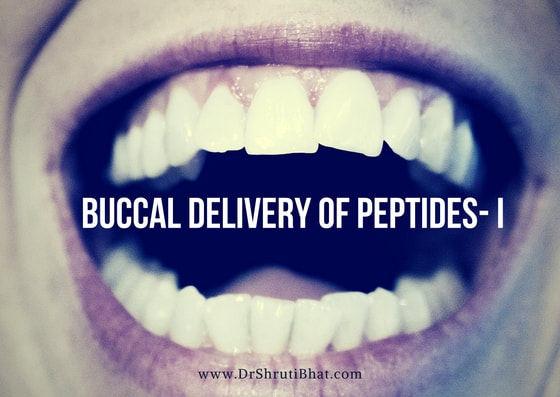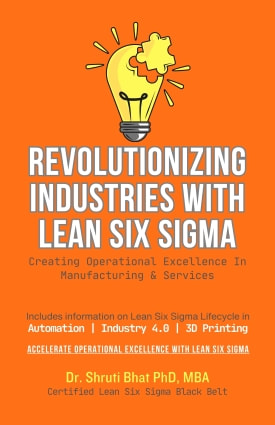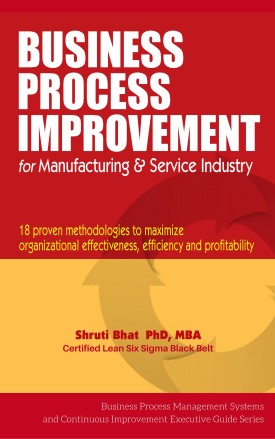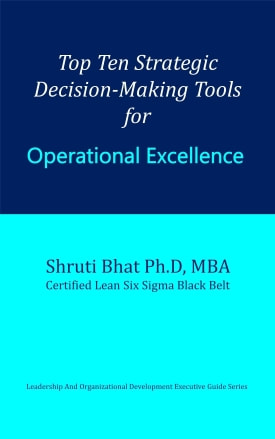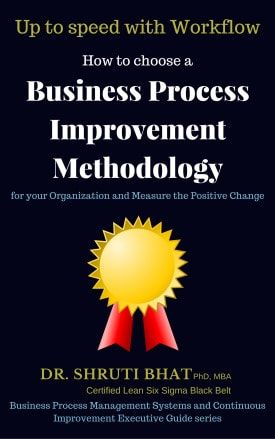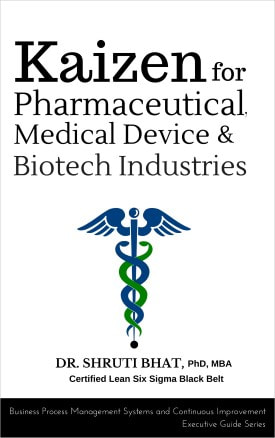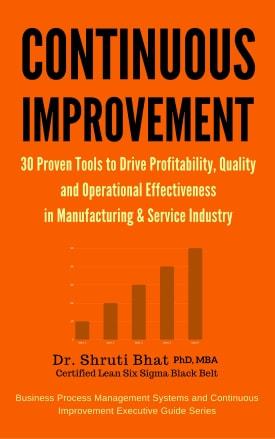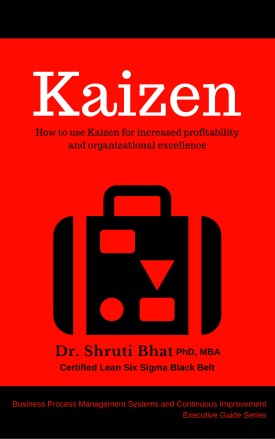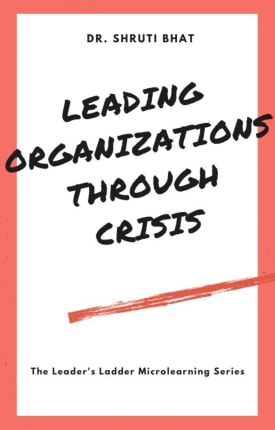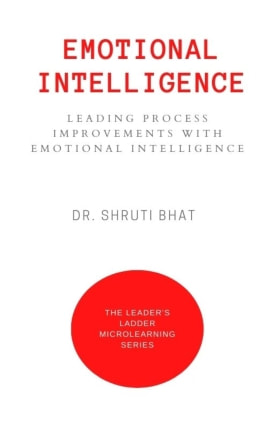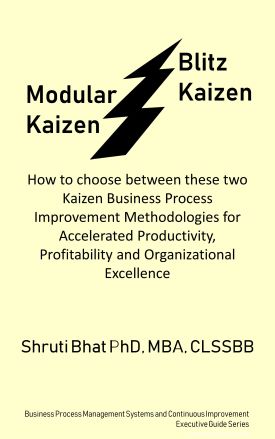Since there is a limit to the size of the bioadhesive dosage form, only a limited amount of drug can be used in these systems. In general, any drug with a daily requirement of 25 mg or less is suitable for buccal delivery. Drugs with short biologic half lives requiring a sustained effect and exhibiting poor permeability, sensitivity to enzyme degradation viz. peptides may be successfully delivered via. oral transmucosal (OTM) delivery.
Generally small peptides with a probe tripeptide with a molecular mass of 670Da can be successfully delivered by buccal route. Captopril, oxytocin, chymotrypsin are some of the model drugs being investigated for possible delivery by this route.
The following mathematical equations may be used to predict transfer of drug buccally-
-dA / dt = (K1 RA ) / V
dB / dt = (K1 RA) / V
where, A and B = percentage of drug in the respective compartment; K= rate constant governing the transfer of unionized drug molecules between compartments (ml/min); R = fraction of drug unionized at any time ‘t’; V = volume of the buffer in the oral cavity at time ‘t’.
Relevant bioadhesive dosage forms in the buccal cavity include tablets, adhesive gels, adhesive patches and adhesive ointments.
Mucoadhesive gastrointestinal membrane :
The original concept of bioadhesive polymers as platforms for oral controlled drug delivery was to use these polymers to control and to prolong the GI transit of oral controlled delivery systems for all kinds of drugs. Several in vitro and ex vivo methods to test the bioadhesive properties of polymers and/or of coated microparticles have been described. Whereas bioadhesion has found interesting applications for other routes of administration (buccal, nasal, rectal and vaginal), it now seems that the controlling approach of GI transit has been abandoned before having shown any significant clinical outcome.
According to in vivo results obtained in animals and in humans, it does not seem that mucoadhesive polymers are able to control and slow down significantly the GI transit of solid delivery systems. Attention should be paid to possible occurrence of local ulcerous side effects due to the intimate contact of the system with mucosa for prolonged periods of time. As an example, oesophageal lodgement is known to be a potential cause of drug-induced injuries that can range from local irritation to perforation, depending on the ulcerogenic properties of the drug.
It is known that, the surface epithelium of the stomach and intestine retains its integrity throughout the course of its lifetime, even though it is constantly exposed to a high concentration of hydrochloric acid (as high as 0.16 N) and powerful protein splitting enzymes, like pepsin. This self-protective mechanism is due to the fact that, the specialized goblet cells located in the stomach, duodenum and transverse colon continuously secrete a large amount of mucous that remains closely applied to the surface epithelium. The mucus contains mucin, an oligosaccharide chain with terminal sialic acid (pKa= 2.6), which is capable of neutralizing the hydrochloric acid and withstanding the action of pepsin and thus protects the epithelial cell membrane.
The surface epithelium adhesive properties of mucin have been found out and recently applied to the development of gastrointestinal drug delivery devices based on bio (muco) adhesive polymers.

